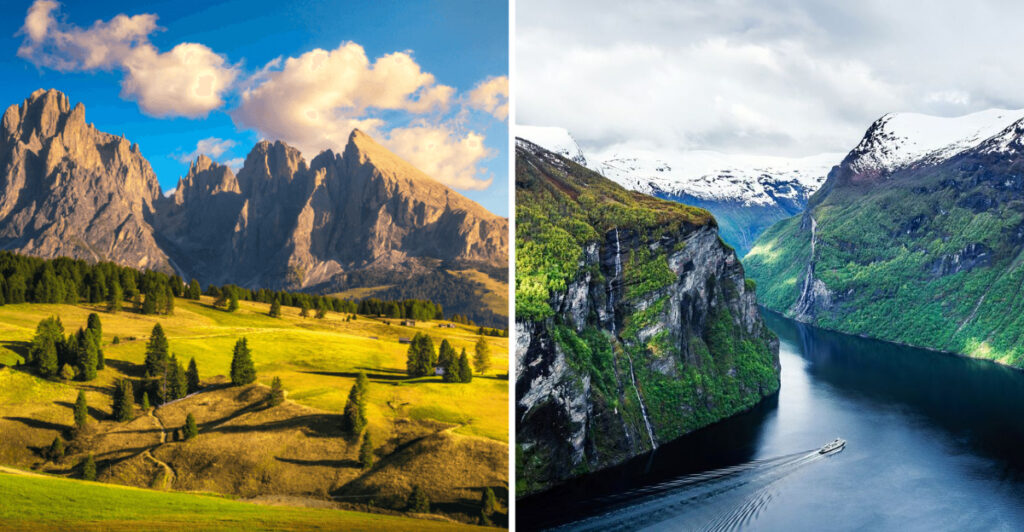Mountains have always fascinated humans with their majestic heights and unique landscapes. This blog post ranks the 25 most mountainous countries in the world, highlighting the incredible diversity and natural beauty found in these nations. Each country offers its own unique perspective on what it means to be mountainous, from towering peaks to expansive ranges. Whether you’re an avid hiker, a nature enthusiast, or simply someone who appreciates stunning scenery, this list will provide insight into some of the most awe-inspiring places on Earth.
Nepal
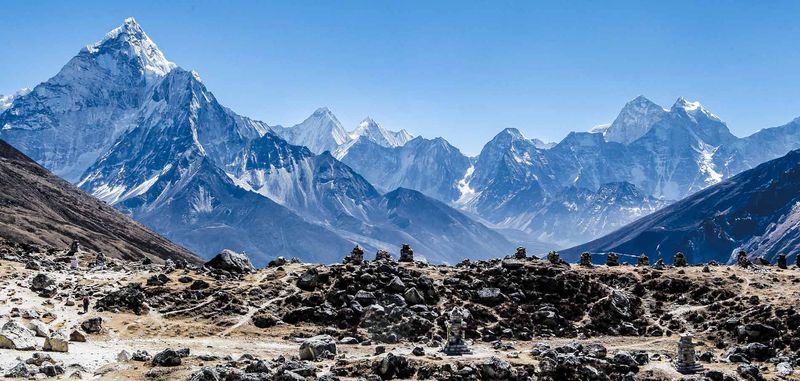
Nepal, a small country nestled between China and India, is home to the majestic Himalayas. This mountain range houses eight of the world’s tallest peaks, including Mount Everest.
The breathtaking landscapes make it a haven for trekkers and mountaineers. Beyond its peaks, Nepal’s rich cultural heritage provides a unique blend of tradition and adventure.
Did you know? Nepal’s flag is the only national flag that’s not rectangular or square, symbolizing the Himalayan Mountains and the unity of the people.
Switzerland
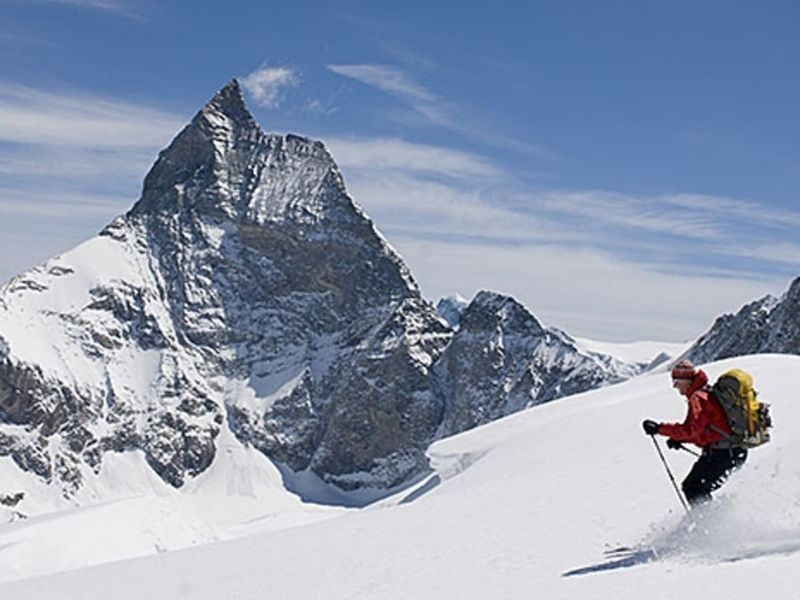
Switzerland, often associated with chocolates and watches, is renowned for its picturesque Alps. This mountainous region covers 60% of the country, offering unparalleled skiing and hiking experiences.
Switzerland’s efficient transportation allows easy access to remote mountain areas, making exploration convenient for tourists. The serene environment attracts nature lovers and peace seekers.
Fun fact: Switzerland has four official languages, reflecting its diverse culture amidst the towering mountains.
Bhutan
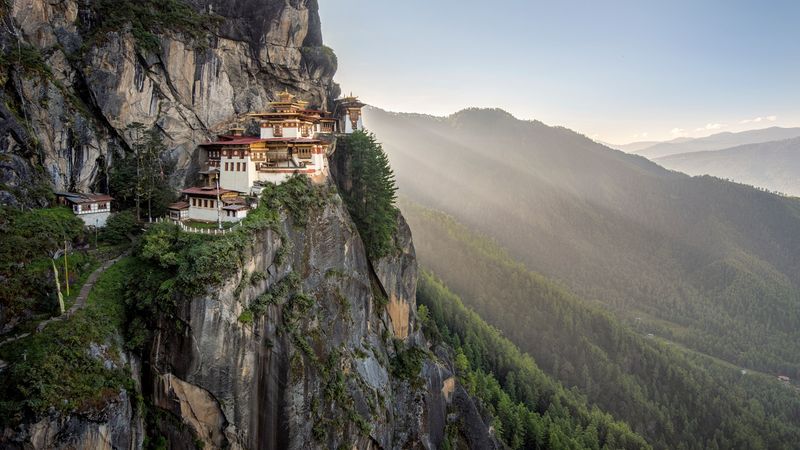
Bhutan, known as the “Land of the Thunder Dragon,” is a mystical kingdom nestled in the Eastern Himalayas. The country’s mountain ranges are not only stunning but also deeply spiritual.
Bhutan prioritizes Gross National Happiness over GDP, integrating environmental conservation with cultural preservation. The Tiger’s Nest Monastery, perched on a cliff, embodies Bhutan’s spiritual heritage.
Did you know? Bhutan is the only carbon-negative country in the world, absorbing more carbon than it emits.
Peru
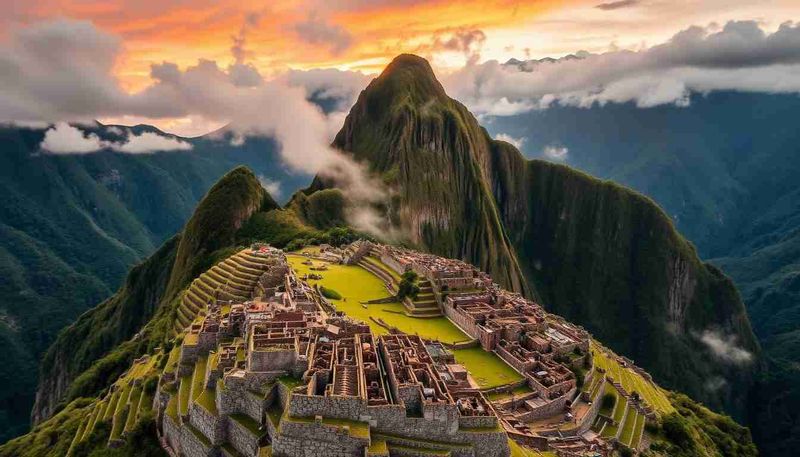
Peru, home to the ancient Inca civilization, is a country of diverse landscapes dominated by the Andes Mountains. Machu Picchu, the iconic Inca city, attracts history enthusiasts and adventurers alike.
The Andes offer breathtaking trekking routes and rich biodiversity. Peru’s highlands are as culturally rich as they are geographically diverse.
Fun fact: The potato, a staple food worldwide, originated in the Andes and was first cultivated by the Incas over 7,000 years ago.
Tajikistan
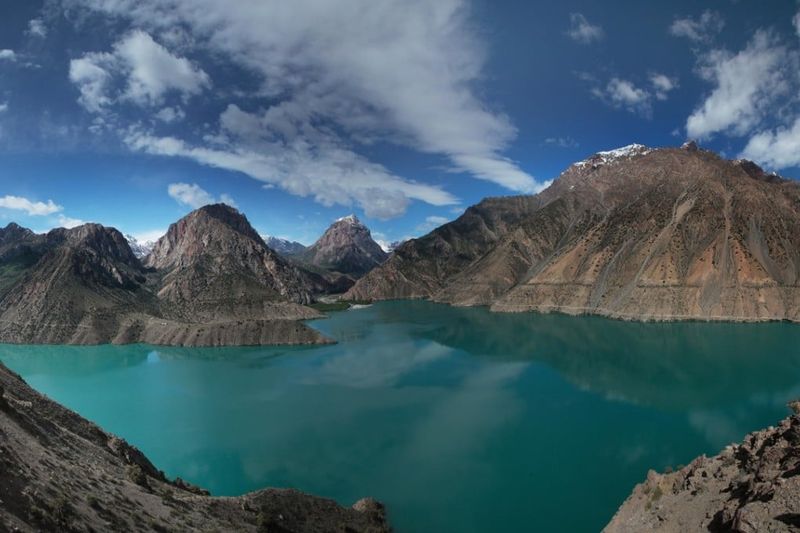
Tajikistan, a land of rugged mountains, is often called the “Roof of the World” due to its high elevation. The Pamir Mountains dominate the landscape, offering a remote and untouched beauty.
Adventure seekers find solace in Tajikistan’s challenging terrains, while its rich history captivates cultural explorers.
Did you know? The Pamir Highway is one of the highest roads in the world, crossing some of the most diverse and spectacular scenery imaginable.
Chile
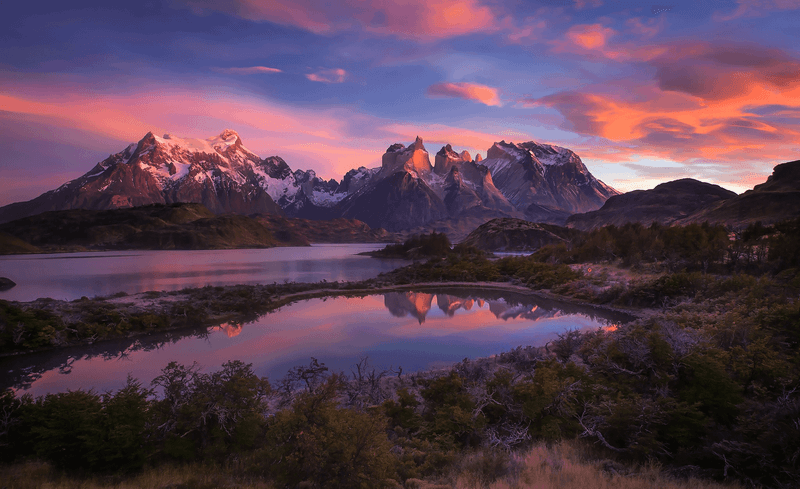
Chile, a country stretching along South America’s western edge, is graced by the Andes Mountains. This range offers a spectacular backdrop to Chile’s diverse climates and ecosystems.
From arid deserts to lush forests, Chile’s landscapes are as varied as they are stunning. The Andes play a vital role in the country’s wine production, enhancing its global reputation.
Fun fact: The Atacama Desert in Chile is one of the driest places on Earth, yet life flourishes around its mountain-fed oases.
Italy
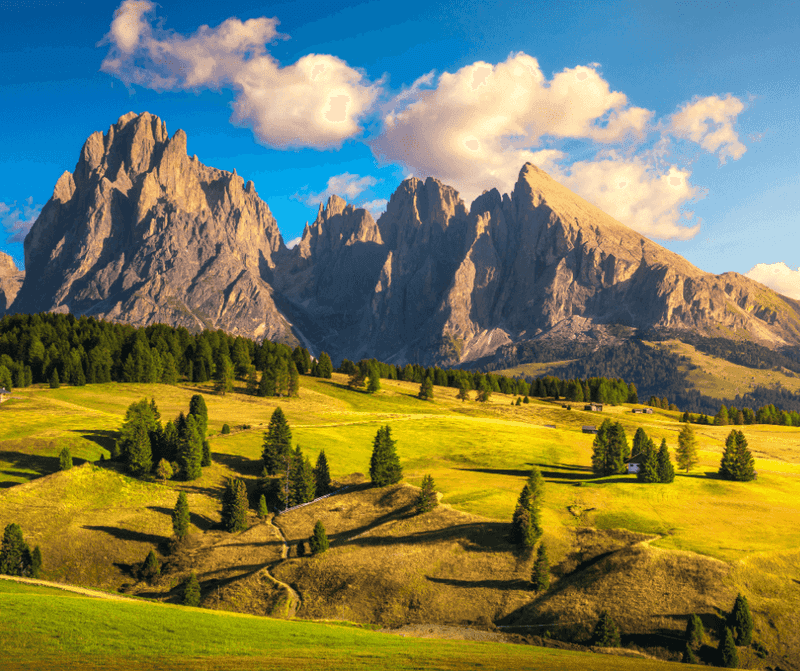
Italy, famed for its art and cuisine, also boasts the stunning Dolomite Alps. These mountains offer a unique alpine experience, blending Italian culture with breathtaking natural beauty.
The region is perfect for skiing in winter and hiking in summer, drawing outdoor enthusiasts year-round. Italy’s commitment to preserving its natural landscapes adds to the allure.
Did you know? The Dolomites are a UNESCO World Heritage site, recognized for their extraordinary beauty and geological significance.
Argentina
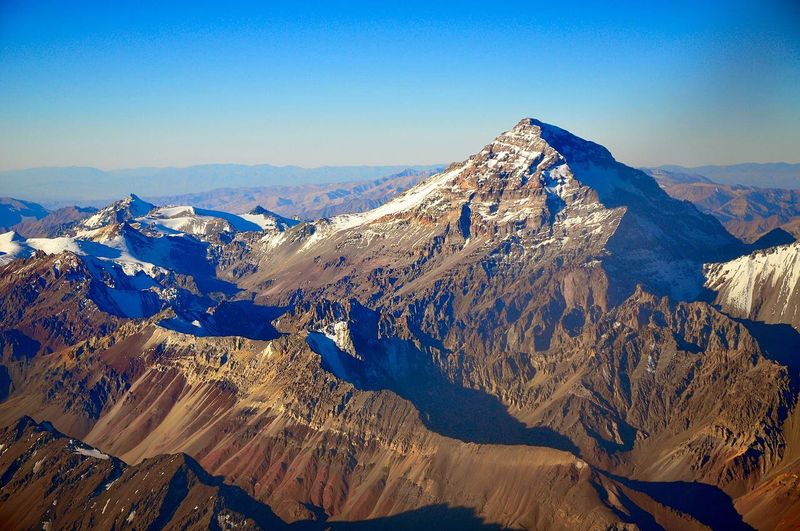
Argentina, known for tango and football, is also home to Mount Aconcagua. This peak is the highest outside of Asia, drawing climbers from around the globe.
The Andes in Argentina offer a diverse range of ecosystems, from alpine meadows to arid plains. These landscapes are a haven for wildlife and a paradise for photographers.
Fun fact: The name “Aconcagua” is derived from the Quechua word “Akon-Kahuak,” meaning “Stone Sentinel.”
Morocco
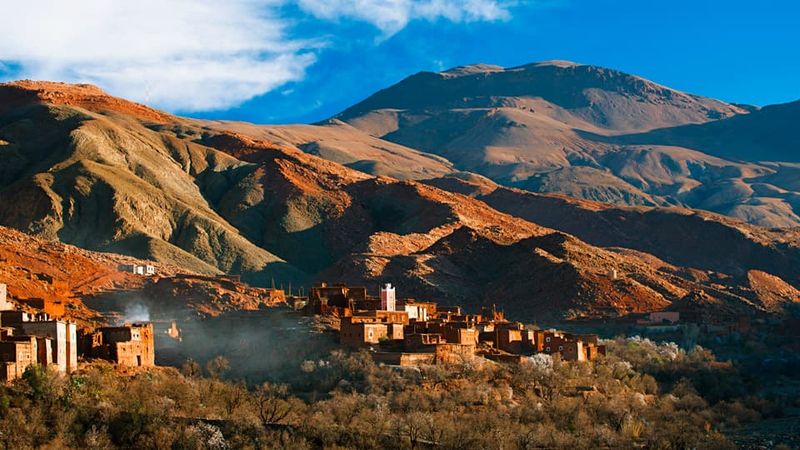
Morocco, a country of rich culture and history, is marked by the majestic Atlas Mountains. These mountains offer a stark contrast to the surrounding deserts, creating an awe-inspiring landscape.
The Atlas Mountains provide a habitat for diverse wildlife and are home to traditional Berber communities. This blend of nature and culture is uniquely Moroccan.
Did you know? The Barbary macaque, an endangered species, is native to the Atlas Mountains and symbolizes Morocco’s unique wildlife heritage.
Ecuador

Ecuador, a country straddling the equator, is dominated by the Andes Mountains. Cotopaxi, one of the world’s highest active volcanoes, is a symbol of Ecuador’s dynamic landscapes.
The Andes offer incredible biodiversity, with dense forests and unique wildlife. These mountains are a gateway to exploring Ecuador’s cultural and natural heritage.
Fun fact: Ecuador is home to the “Avenue of the Volcanoes,” a dramatic stretch of peaks that attracts adventurers and geologists alike.
Norway

Norway, renowned for its striking fjords, is a country of towering mountains and deep valleys. The Scandinavian Mountains create a dramatic and beautiful landscape.
Norway’s natural beauty is complemented by its vibrant culture and history. The fjords, with their unique geological formations, are a symbol of Norway’s commitment to preserving its environment.
Fun fact: Norway has more than 1,000 fjords, making it a paradise for nature lovers and photographers.
Greece
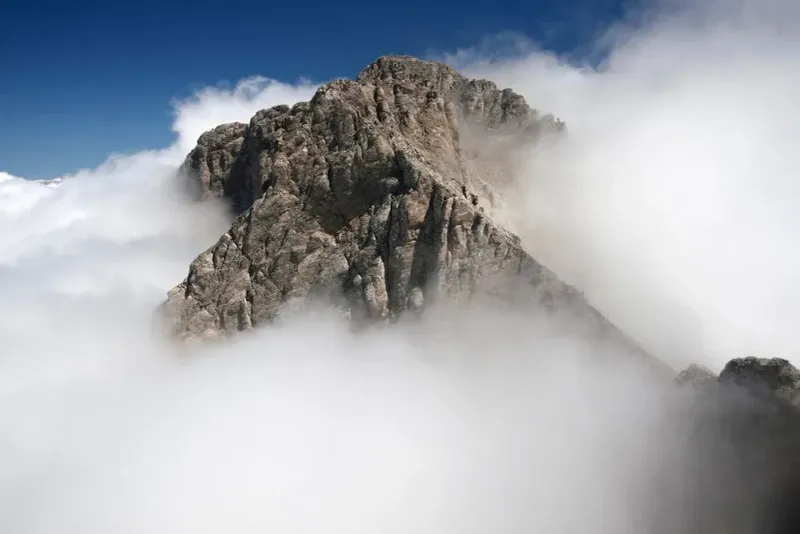
Greece, known for its ancient history and mythology, is home to Mount Olympus. This legendary peak was considered the residence of the Greek gods.
Beyond its mythological significance, Mount Olympus offers stunning natural beauty and rich biodiversity. The mountain is a popular destination for hikers and history enthusiasts.
Did you know? Mount Olympus is a UNESCO Biosphere Reserve, highlighting its unique flora and fauna along with its cultural importance.
Canada
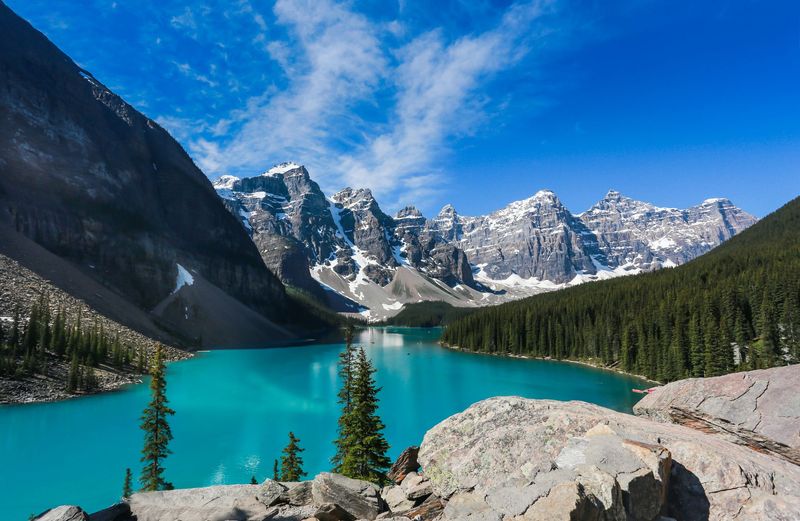
Canada, known for its vast wilderness, boasts the stunning Canadian Rockies. These mountains offer breathtaking views and a wealth of outdoor activities.
From skiing to hiking, the Rockies provide endless adventures in both summer and winter. The pristine environment supports a diverse range of wildlife.
Fun fact: The Canadian Rockies are part of the North American Cordillera, a vast mountain range stretching from Alaska to Mexico.
India
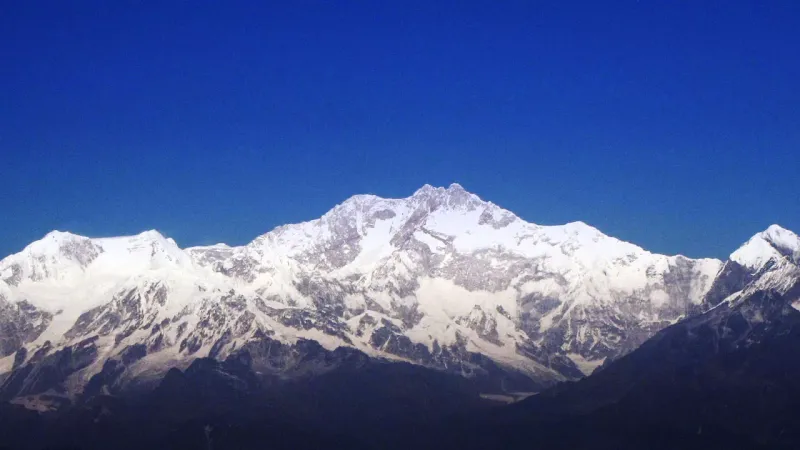
India, a land of diverse cultures and landscapes, is home to the Indian Himalayas. This region offers some of the most breathtaking scenery on the planet.
Beyond the natural beauty, the Himalayas hold spiritual significance, attracting pilgrims and adventurers alike. The landscapes are as diverse as the cultures that inhabit them.
Fun fact: The Himalayas are continuing to rise as the Indian tectonic plate pushes northward, a testament to the dynamic nature of our planet.
Pakistan
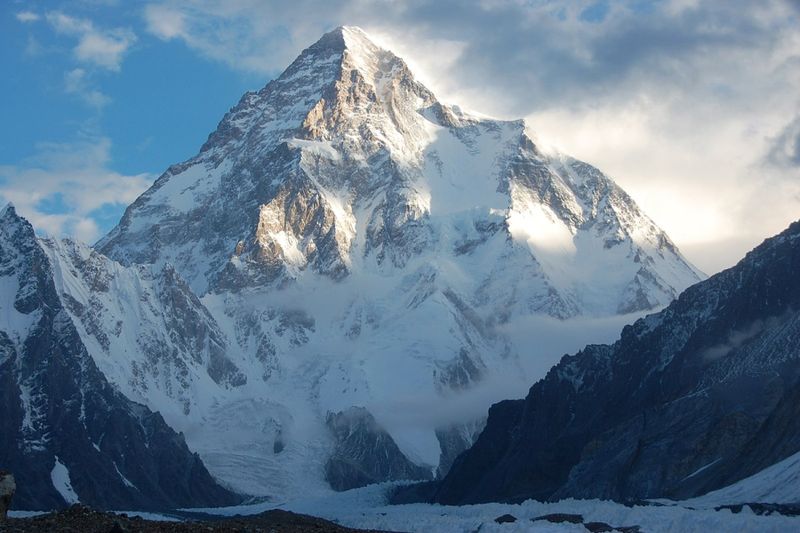
Pakistan, home to some of the world’s highest peaks, is dominated by the Karakoram Range. K2, the second-highest mountain globally, challenges climbers with its daunting stature.
The mountainous regions of Pakistan offer stunning vistas and rich cultural heritage. These landscapes provide endless opportunities for exploration and discovery.
Did you know? K2 is also known as the “Savage Mountain” due to its extreme difficulty and high fatality rate among climbers.
China
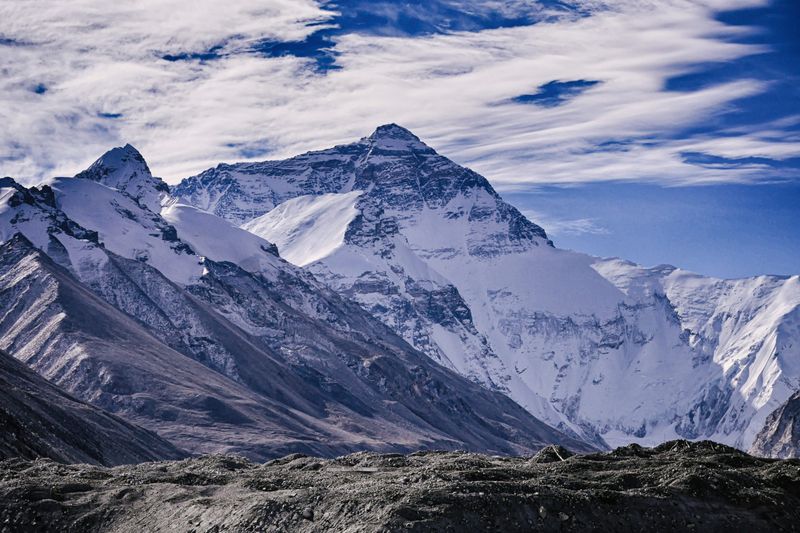
China, a vast country with rich history, is home to the northern slopes of the Himalayas, including Mount Everest. This region offers a unique perspective on the world’s tallest mountain.
The Tibetan Plateau, known as the “Roof of the World,” is a land of spiritual and natural wonders. The landscapes here are as diverse as they are stunning.
Fun fact: The Great Wall of China, although not a mountain, reflects the same spirit of endurance and grandeur found in China’s mountainous regions.
Russia
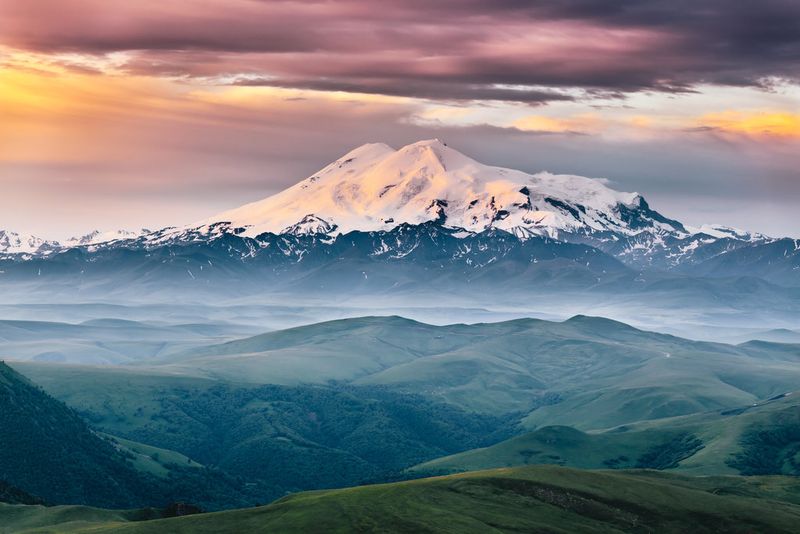
Russia, the largest country in the world, boasts the majestic Caucasus Mountains. Mount Elbrus, the highest peak in Europe, rises with grandeur and challenge.
The Caucasus offer a blend of natural beauty and cultural diversity, with ancient traditions preserved in mountain villages. These peaks hold endless exploration opportunities.
Fun fact: Mount Elbrus is one of the Seven Summits, a quest for mountaineers to climb the highest peaks on each continent.
Spain
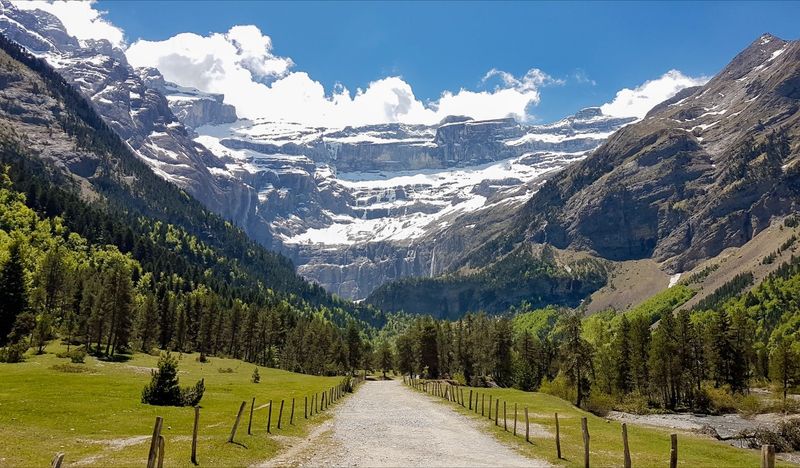
Spain, known for its vibrant culture and history, is home to the Pyrenees Mountains. These peaks form a natural border with France and offer stunning alpine vistas.
The Pyrenees are rich in biodiversity and provide numerous outdoor activities, from skiing to hiking. This region reflects Spain’s commitment to preserving its natural heritage.
Did you know? The Pyrenees are home to unique animals like the Pyrenean desman, a small, endangered mammal found only in this mountainous region.
Ethiopia
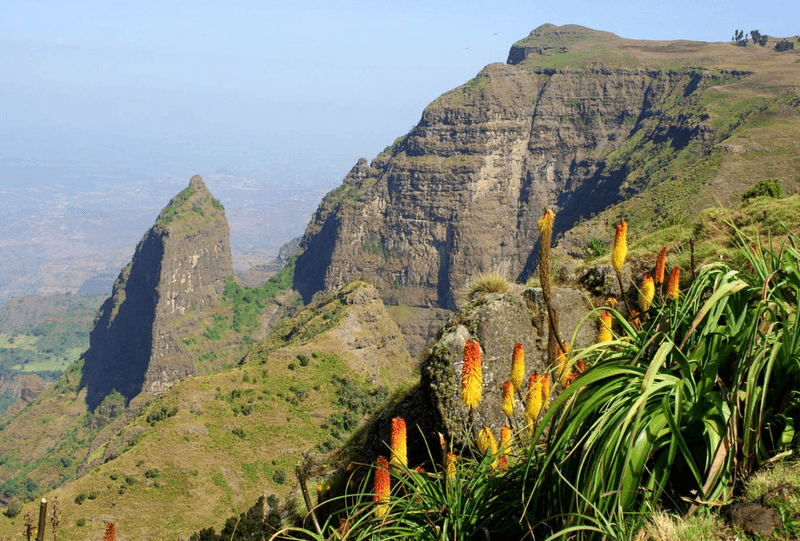
Ethiopia, a country with a rich history, is home to the Simien Mountains. These highlands are known for their dramatic landscapes and unique wildlife.
The Simien Mountains are a UNESCO World Heritage site, recognized for their natural beauty and endemic species. Adventure seekers find the rugged terrain both challenging and rewarding.
Fun fact: The Gelada baboon, found only in Ethiopia, roams the Simien Mountains, known for its red “bleeding heart” chest patch.
Australia
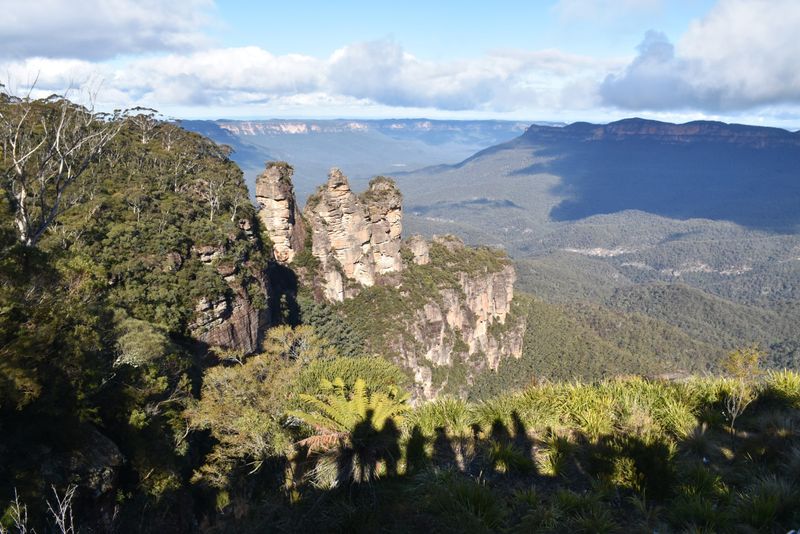
Australia, often associated with beaches and deserts, is also home to the Blue Mountains. These mountains, just outside Sydney, offer stunning views and diverse ecosystems.
The Blue Mountains are known for their dense eucalyptus forests, which create a characteristic blue haze. This region is a haven for hikers and nature enthusiasts.
Fun fact: The Blue Mountains were named for the blue mist caused by the oil from eucalyptus trees, creating a mystical atmosphere.
Iran
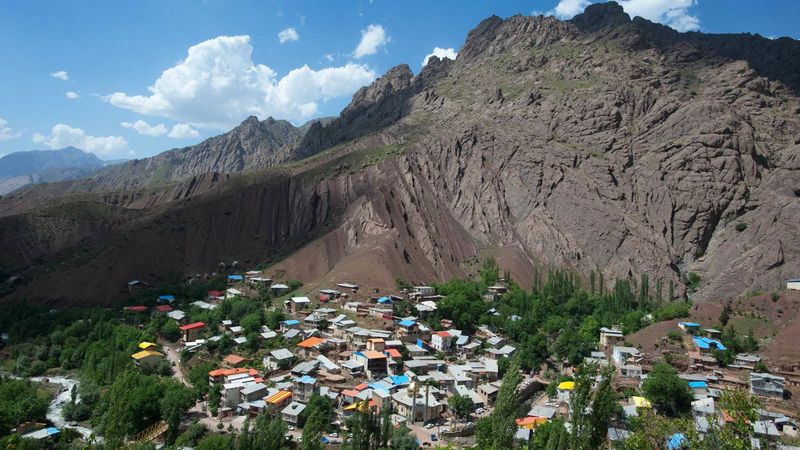
Iran, a country of rich cultural heritage, is marked by the Alborz Mountains. These peaks provide a stunning backdrop to Iran’s historical and natural landscapes.
The Alborz Mountains offer diverse ecosystems and are home to unique wildlife, including the elusive Persian leopard. These mountains hold cultural significance and are a gateway to adventure.
Did you know? Mount Damavand, the highest peak in the Alborz range, is a dormant volcano and a symbol of Iranian pride.
South Korea
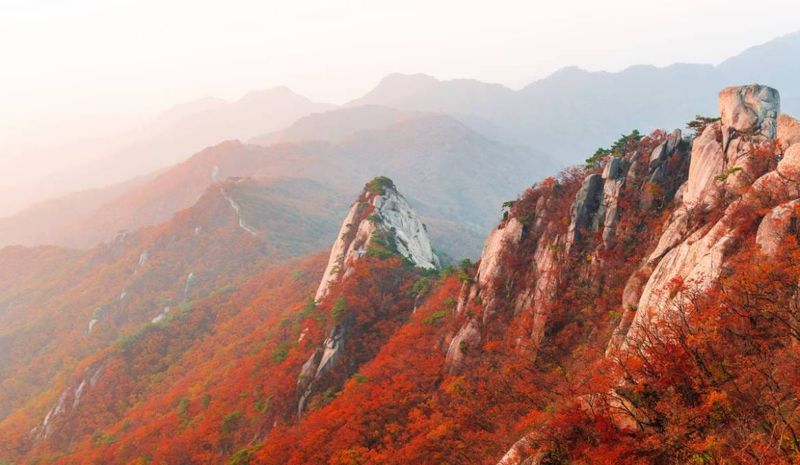
South Korea, with its bustling cities, is also home to the serene Seoraksan Mountains. These peaks are a haven for hikers and nature lovers.
Seoraksan National Park offers stunning landscapes with vibrant autumn colors and diverse wildlife. The mountains hold spiritual significance, attracting visitors year-round.
Did you know? Seoraksan is part of the Baekdudaegan mountain range, considered the “spine of the Korean Peninsula” and is culturally and ecologically vital.
Japan
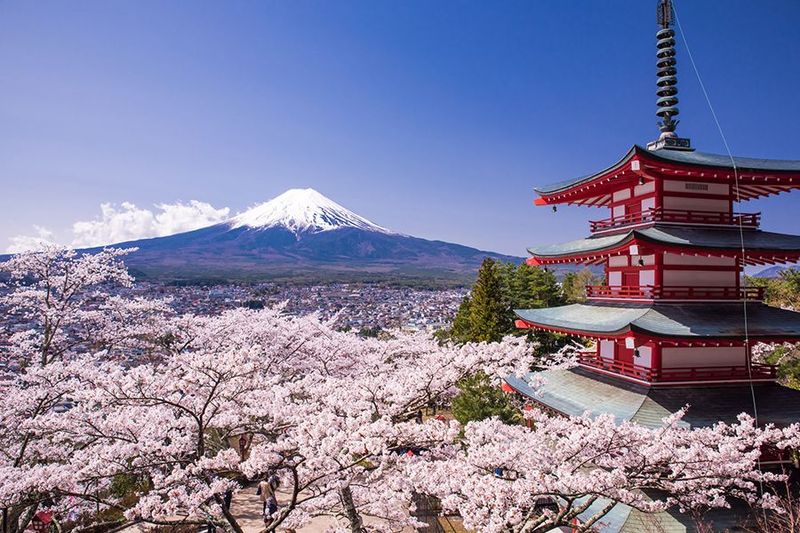
Japan, a land of tradition and innovation, is dominated by Mount Fuji. This iconic peak symbolizes Japan’s natural beauty and cultural heritage.
Mount Fuji is not only picturesque but also a spiritual site, attracting pilgrims and tourists alike. The surrounding area offers stunning views and a rich biodiversity.
Fun fact: Mount Fuji is an active stratovolcano, last erupting in 1707, and is a subject of art and inspiration worldwide.
New Zealand
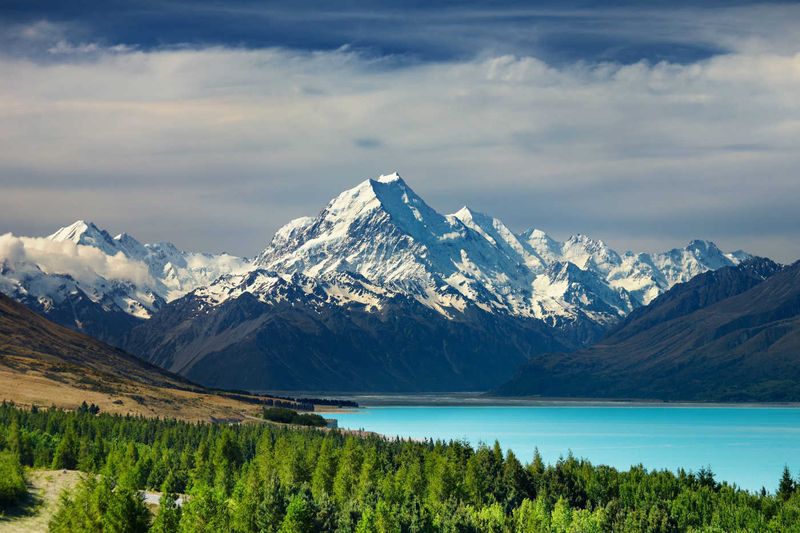
Imagine waking up to the sight of New Zealand’s Southern Alps, where every peak seems to tell its own tale. This island nation is a haven for adventure seekers and nature lovers alike.
With over 18 peaks towering above 3,000 meters, the alpine scenery is nothing short of magnificent. The South Island, particularly, offers dramatic landscapes featuring glaciers, fjords, and pristine lakes.
Did you know? Mount Cook, the highest peak, is named after Captain James Cook. This vibrant landscape is a gateway to thrilling outdoor activities, promising unforgettable experiences.
Afghanistan
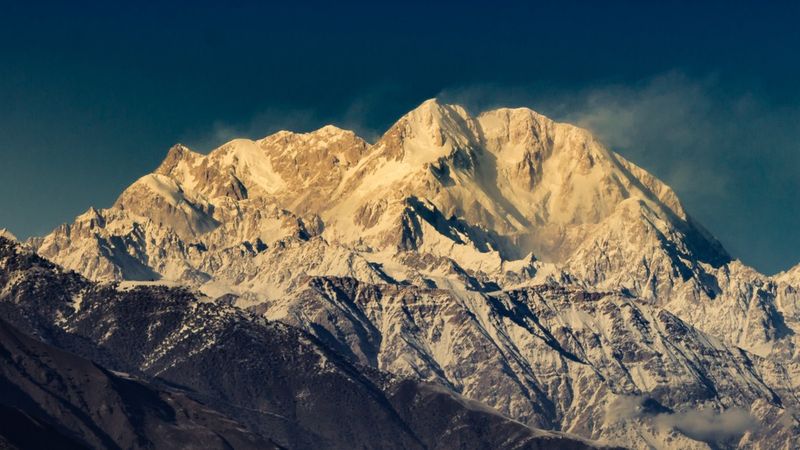
Afghanistan’s rugged terrain is dominated by the awe-inspiring Hindu Kush range. These mountains have not only shaped the country’s climate but its culture and history too.
Rising dramatically from the flatlands, the peaks offer a rugged beauty that is both captivating and formidable. The range is home to some of the highest peaks outside of the Himalayas.
Interestingly, the name ‘Hindu Kush’ translates to ‘Killer of Hindus,’ a testament to the challenging conditions faced by historic invaders. This stark yet beautiful landscape invites exploration and admiration.

